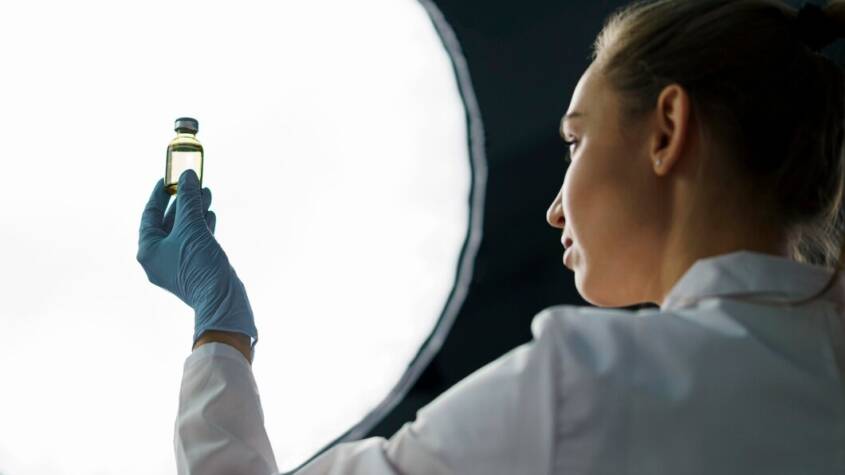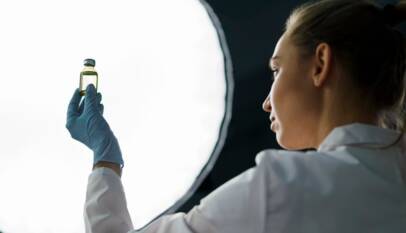
The beauty and skincare industry is continuously seeking better ways to test products before we reach customers. Traditional methods, including animal testing and static lab cultures, often fail to replicate how human skin reacts to substances over time accurately. This is where microfluidic chip for cosmetic testing come into play. These advanced systems offer an extra reliable and ethical approach to studying skin responses, thereby enhancing the accuracy and efficiency of research.
Why Traditional Testing Falls Short
For years, cosmetic testing has relied on primary methods: animal testing and in vitro research using 2D or 3D cellular cultures. While those approaches have contributed to skincare research, we come with limitations. Animal skin differs from human skin, making effects less predictable. Meanwhile, static cell cultures do not fully replicate real-life conditions, as we lack continuous blood flow and natural cell interactions.
Scientists needed an extra powerful method to test cosmetic products—one that closely mimics the behaviour of human skin. That’s why skin-on-chip technology for cosmetic testing is becoming the go-to solution.
How Microfluidic Chips Work
Microfluidic technology enables researchers to create small, controlled environments where pores and skin cells or tissue samples are continuously nourished with nutrients, much like the way blood circulates within the body. This allows for skin samples to be continued for extended periods, resulting in more precise test results.
A microfluidic chip for cosmetic testing creates a real-time simulation of skin responses. It allows researchers to observe how products interact with the skin in ways previously not possible with static models. This technique is beneficial for testing the effects of anti-aging substances, hydration levels, barrier integrity, and the impact of pollution on the skin.
The Advantages of Skin-on-Chip Testing
· More Accurate Results
- Since skin-on-chip technology for cosmetic testing mimics actual human skin conditions, it provides more accurate predictions of how skincare products will perform. Researchers can measure long-term effects more effectively, leading to safer and more effective formulas.
· Faster Testing Process
- Traditional methods require weeks or even months to observe skin reactions. Microfluidic chips accelerate this process by maintaining tissue viability for extended periods and providing real-time data. This enables cosmetic companies to bring new products to market more quickly.
· Less Waste, Lower Costs
- Older testing methods often require large amounts of biological material, which can be expensive and difficult to obtain. A microfluidic chip for cosmetic testing utilizes smaller tissue samples while still providing reliable data, thereby reducing both costs and waste.
· No Need for Animal Testing
- Ethical concerns over animal testing have pushed researchers to find humane alternatives. Microfluidic technology provides a solution that is not only cruelty-free but also more scientifically relevant to human skin.
The Future of Cosmetic Testing
As technology evolves, so do testing methods. Microfluidic chips are already making a significant impact on skincare research, helping brands create better and safer products. From testing new anti-aging serums to studying the effects of pollution on the skin, this approach is shaping the future of cosmetic science.
At medelink, we are committed to providing cutting-edge solutions for skin research. Our skin-on-chip for cosmetic testing technology offers the accuracy and efficiency needed to develop high-quality skincare products. If you’re looking for a reliable way to test your formulas, this is the best approach available today.
The Evolution of Golf Apparel
The game of golf is considered a sports heritage associated with elegance and tradition. T…








